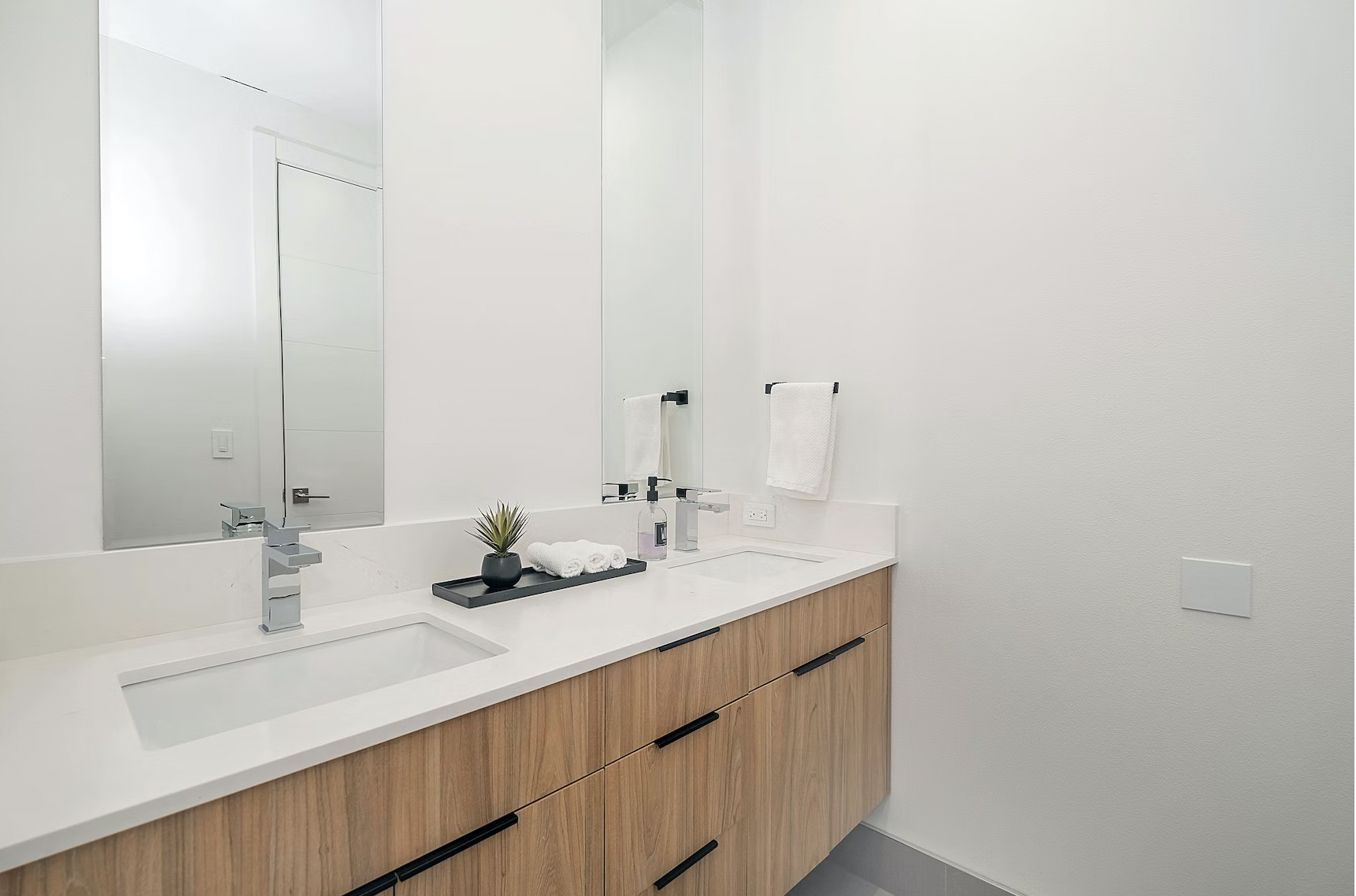
20 Mar Mastering the Art of Determining Drying Equipment for Water Damage Jobs
When it comes to water damage restoration, determining how much drying equipment to leave at each job is crucial for success. Leaving too little equipment can result in a longer drying time and the potential for further damage, while leaving too much equipment can be costly and unnecessary. In this blog post, we’ll explore some new tips and tricks to help you determine the appropriate amount of drying equipment for water damage jobs.
The first step in determining how much drying equipment to leave at a job is to assess the extent of the damage. This includes identifying the source of the water damage, the affected area, and the severity of the damage. Depending on the extent of the damage, you may need to use more or fewer drying equipment to ensure proper restoration.
Another factor to consider when determining drying equipment is the type of material affected by the water damage. Different materials require different levels of drying, and some materials may require specialized equipment or techniques. For example, hardwood floors may require specialized drying equipment to prevent warping, while carpeting may require a different type of drying equipment altogether.
Once you’ve assessed the extent of the damage and the materials affected, you can use a calculation to determine the appropriate amount of drying equipment. The most common calculation used in the industry is the “1 to 10 rule.” This rule states that for every square foot of affected area, you should use one air mover and one dehumidifier. Additionally, you should add one air mover for every 10 linear feet of wall affected.
While the 1 to 10 rule is a good starting point, it’s important to also consider other factors that may affect the drying process. For example, if the affected area is in a basement or other enclosed space, you may need to use additional drying equipment to ensure proper ventilation. Similarly, if the weather is particularly humid or wet, you may need to use additional dehumidifiers to help remove moisture from the air.
Another factor to consider when determining drying equipment is the timeline for restoration. If the client needs the restoration completed quickly, you may need to use additional drying equipment to speed up the process. Similarly, if the client is concerned about energy costs, you may need to use fewer drying equipment to minimize energy usage.
In addition to assessing the extent of the damage and other factors, it’s also important to use your professional judgment when determining the appropriate amount of drying equipment. As an experienced water damage restoration professional, you may be able to identify potential issues or complications that could affect the drying process. By using your expertise and knowledge of the industry, you can ensure that the appropriate amount of drying equipment is used for each job.
In conclusion, determining how much drying equipment to leave at each water damage job is crucial for success in the restoration process. By assessing the extent of the damage, the materials affected, and other factors such as timeline and energy costs, you can use the 1 to 10 rule as a starting point to determine the appropriate amount of drying equipment. Additionally, by using your professional judgment and expertise, you can identify potential issues and complications that may affect the drying process and adjust the amount of drying equipment accordingly. With these tips and tricks, you can master the art of determining drying equipment for water damage jobs and ensure successful restoration for your clients.

